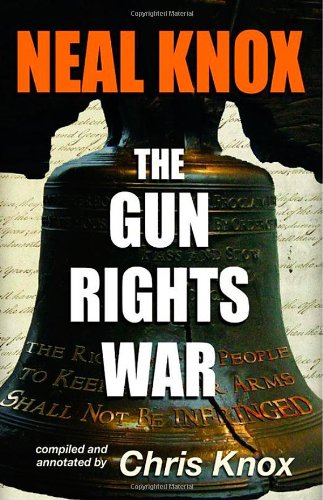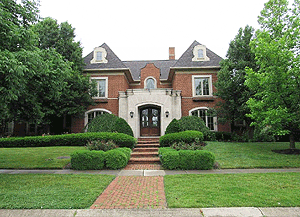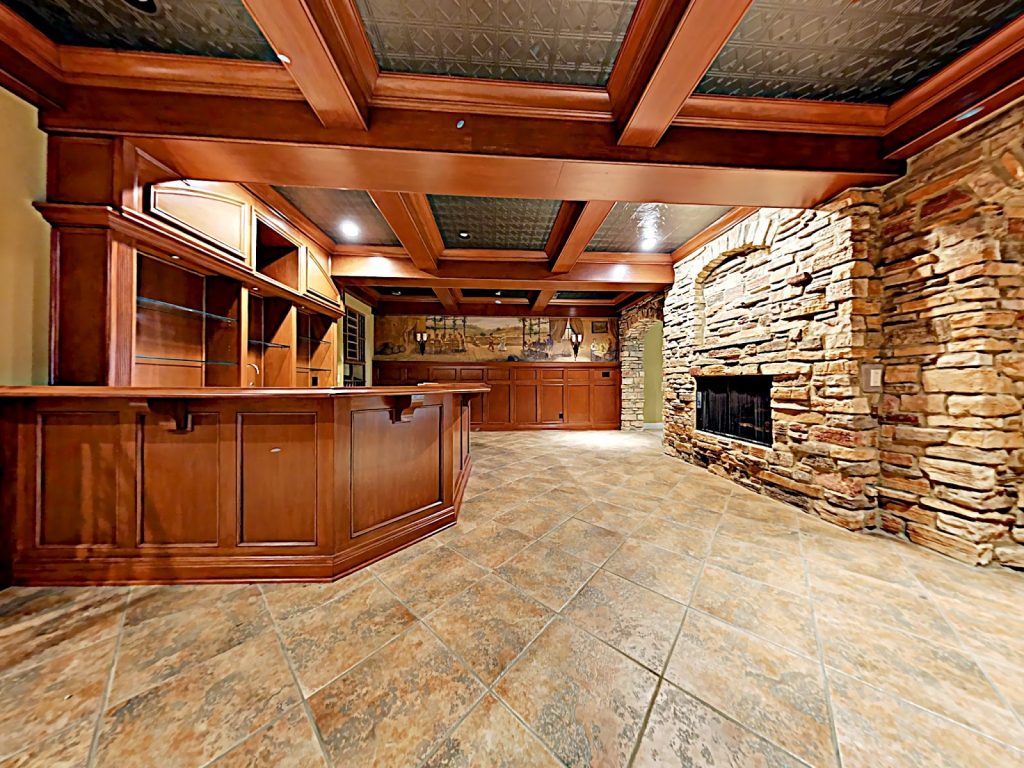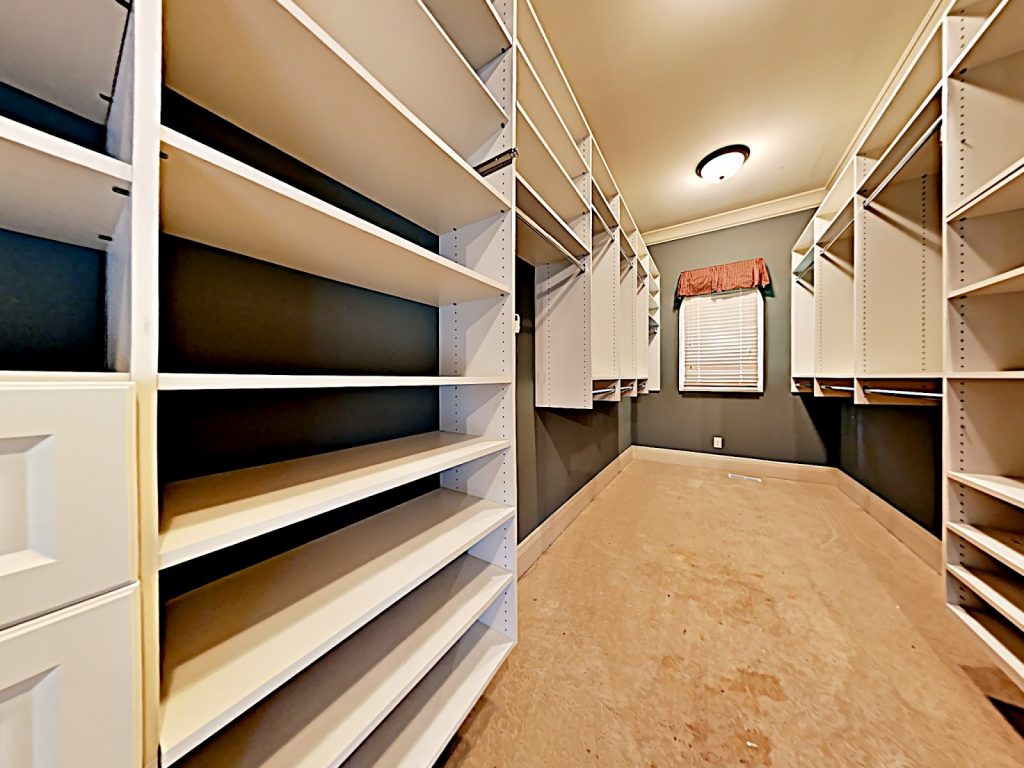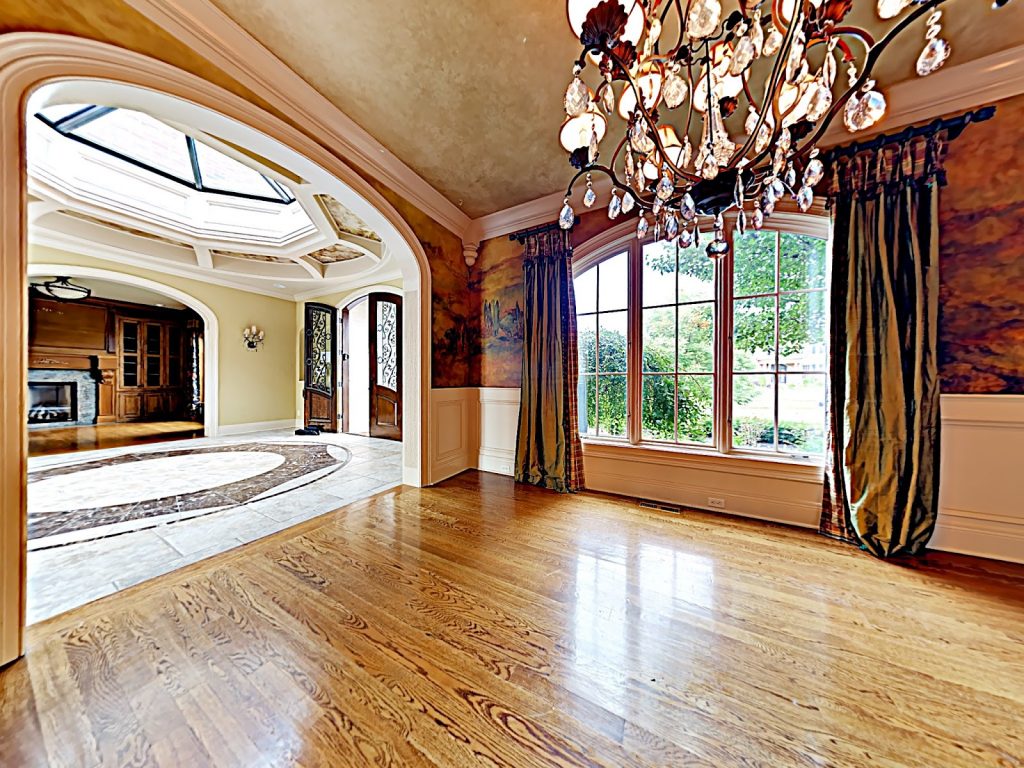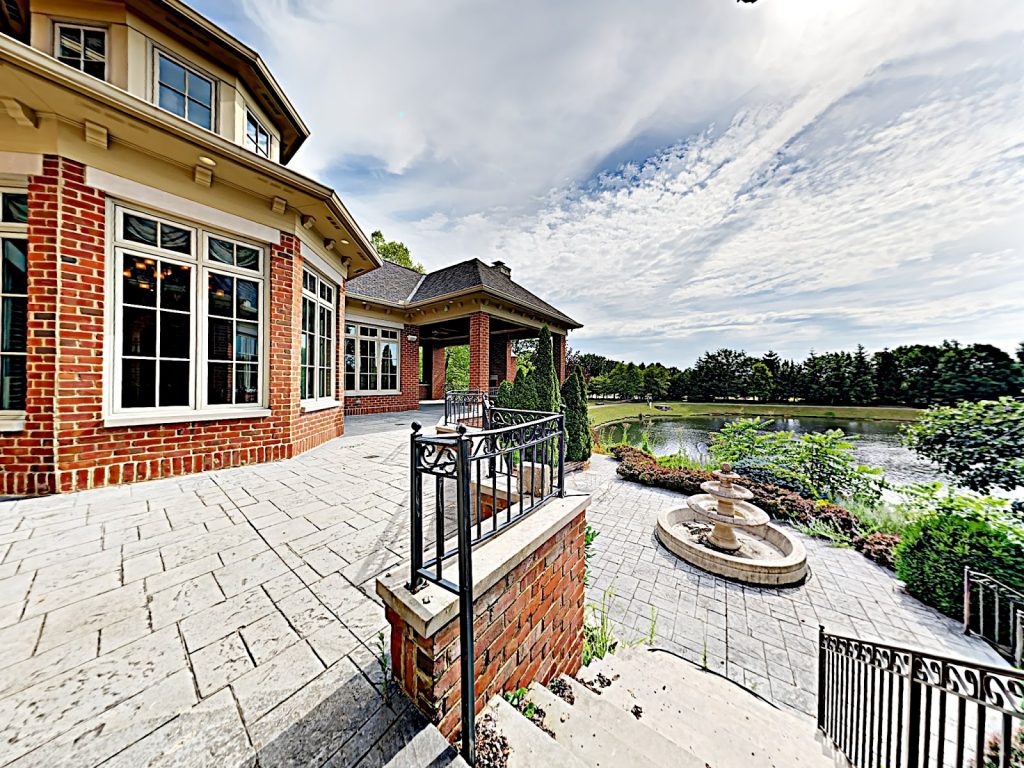Preface by Chris Knox:
The Cincinnati Revolution
The gathering storm over whether and how NRA should fulfill its role as “the gun lobby” came to a head at the organization’s 1977 convention in Cincinnati when, operating under long-ignored Bylaws and New York not-for-profit corporation law (NRA is chartered in New York), a loose-knit organization of members that dubbed itself “The Federation for NRA” wrested control of the organization from the “Old Guard” NRA establishment. The man who moved the Bylaw changes that re-made the Association was Neal Knox.
Knox’s motions were far from a solo act. Reform-minded members had gathered for this meeting from across the country and rebel Board members, including Ed Topmiller and Harlon Carter, provided tactical advice.
Nor had Knox sought the lead role. In a planning session prior to the meeting he looked to the core of the reformers to appoint a speaker. They pointed back at him as the most recognizable name and face. Knox’s columns and editorials on NRA over the previous half-dozen years had brought many of the delegates to the meeting. Knox refused the appointment. But Bill Greif, a blunt-spoken New Yorker hustled him into a corner and growled into his good ear, “Enough of this democracy shit, Neal! Tonight we need Napoleon and you’re it! ”
In a raucous meeting that lasted a full eight hours—until past four in the morning—the members replaced most of the officers with candidates who were less squeamish about involving NRA in politics, and elected Board ally Harlon Carter as Executive Vice President (EVP). Under the newly-passed Bylaws, the redefined post of EVP, now functionally a Chief Executive Officer, would be elected directly by the members gathered at the Convention.
The members also passed Bylaw amendments that dissolved the Management Committee, and created a petition process to nominate Board candidates. Other Bylaw amendments strengthened the NRA Institute for Legislative Action, the lobbying arm, by making the ILA Executive Director report directly to the EVP on a co-equal basis with the Director of General Operations. The ILA Director had previously reported to General Operations. Other new Bylaws provided that only the members could change certain sections of the Bylaws which would be printed in boldface type. For the first time in living memory, the members had a genuine say in the affairs of the Association.
Satisfied that his work was done, Neal returned home to Prescott, Arizona and to his magazines. Within weeks Carter asked him to come to Washington and head ILA. He refused. As he told Harlon, he had every boy’s dream job: he drove a company-provided 4-wheel-drive truck to work, flew the company twin-engine plane to shooting matches and hunting trips, and he got to play with the best new toys the firearms industry had to offer. Why would he want to go to Washington where he would have to commute through Washington traffic and wear a suit and tie to work?
Nonetheless Knox and Harlon Carter were in near-daily telephone contact. Finally, late in 1977, Carter prevailed on him to head ILA. He planned to stay in Washington no more than two years, never dreaming that he would never live outside the Washington area again.
NRA Restored to Proper Course
Handloader July-August, 1977
The National Rifle Association rests in the hands of its membership. At the May 21, 1977 annual members’ meeting a well-organized, determined group of delegates from organizations across the country—the Federation for NRA—deposed almost all the top officers, placed moratoriums on the National Outdoor Center and planned sale of the Washington Headquarters, provided for member nominations of Directors, and elected Harlon B. Carter as Executive Vice President, placing him over all NRA operations.The Federation’s program was strongly supported by the more than 1,100 Life Members who had registered to vote and more than 1,000 other Life and Annual members—the largest-ever attendance at a members’ meeting. Those members came to Cincinnati deeply disturbed about the reports of serious problems within NRA, which had appeared here, in Gene Crum’s articles in Gun Week, and elsewhere. They were determined to discover whether the allegations were true—and to take corrective actions if they were. During their reports the officers charged that the allegations against them were lies and distortions. First Vice President lrvine Reynolds said the articles were “propaganda that make Hitler look like a piker.” Although not mentioning the writers by name, President Merrill Wright did mention the title of a Rifle article, which gave your editor the right to respond—which I did, challenging specific false statements made by the officers. When several members demanded that my charges be answered,Wright declined.
Then Institute for Legislative Action Executive Director Bob Kukla, in an extremely courageous act, confirmed that the independence of ILA, and its effectiveness in fighting repressive gun legislation had been threatened by the Management Committee, composed of the three top officers. As proof, Kukla played an openly recorded tape of the February 26 Management Committee meeting in which he was criticized for ILA’s opposition to Smith & Wesson’s proposal for national handgun licensing, and ILA’s opposition to the National Education Association’s anti-handgun position. Kukla’s evidence convinced the neutral members of the seriousness of the problems within NRA; although relatively few members in the meeting had known of the Federation’s reform program, they supported it overwhelmingly.
Some Directors were outraged by many of the members’ actions—especially the removal from office of First Vice President Reynolds, Second Vice President Alonzo Garcelon, Executive V.P. Max Rich,V.P.-Finance Tom Billings and Executive Council members C. R. Gutermuth and Fred Hakenjos (Wright was exempted by floor amendment since he had but two days to serve, but he was not elected by the Board to the traditional Executive Council post for past presidents). Although there was much private discussion of legal action to attempt to set aside what the members had done, there was no overt action. However, the Board did adopt a resolution to restore Gutermuth and Hakenjos to the Executive Council on the grounds that the members didn’t have the legal authority to remove them. Also, the Board treated the deposed paid officers much more generously than the treatment given the 74 employees fired and “early-retired” last fall—instead of normal severance pay, Billings was voted $20,000, and Rich was given his full $50,000 per annum pay through December 31, 1977.
There were other indications that numerous Board members are unwilling to accept the members’ actions as a mandate, contending that the members present represented only .5 percent of the voting membership—ignoring the fact that many, particularly those wearing the blaze orange hats of the Federation, came to Cincinnati as delegates of organizations with hundreds and thousands of NRA members. However, as the members wished, the Board did provide that ILA’s basic overhead will be funded from member dues—which have been raised to $15.
The question of the full membership’s opinion of these events will not be resolved until the next election of Directors, when the Federation intends to sponsor a slate of petition-nominated candidates selected by the member organizations of the Federation. (That slate may include some present Board members, but it will not include your editor.) For the first time in years, the members will have a choice of candidates—no longer will there be 25 names for 25 offices, a traditional practice which has made the members’ ballots meaningless. The mere existence of a means for members to elect—or fail to elect—Directors will have a profound impact upon NRA policies, for present and future Directors will be certain to be more mindful of the wishes of the members, thereby avoiding the creation of even more new organizations set up by NRA members to do what the membership wants NRA to be doing—and avoiding future turmoil of the sort that led to the membership meeting at Cincinnati. The representative form of government which now exists within the Association assures that all member interests will be represented, and that the one strong cord that binds NRA together—the love of firearms and shooting in all its varied forms—will make the organization what it ought to be: the world’s most powerful association of gun owners.
And under the leadership of the new officers—President Lloyd Mustin,Vice President John Layton, Executive Vice President Harlon Carter and ILA Executive Director Bob Kukla—that is what it will be. As the new NRA emerges, it will grow in strength and unity, and more than anything else, the evidence of that new vigor will heal the wounds inflicted at Cincinnati—for few NRA members have a greater love of NRA, or a grander vision of NRA’s greatness as a gun organization, than some of the very officers who were deposed at Cincinnati. We never questioned their motives, only their methods.
As Harlon Carter said in his memorable speech at the membership meeting: “Let us put the past behind us. We go forward from here!”
Amen!
Used with permission.
Knox, Neal. Neal Knox – The Gun Rights War: Dispatches from the Front Lines 1966 through 2000 . MacFarlane Press. Kindle Edition. Location 5300-5346.
